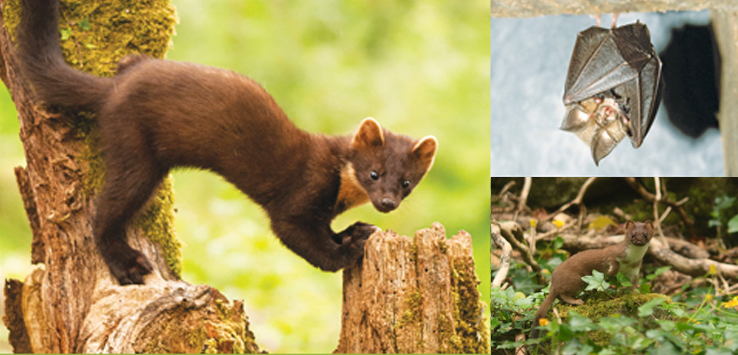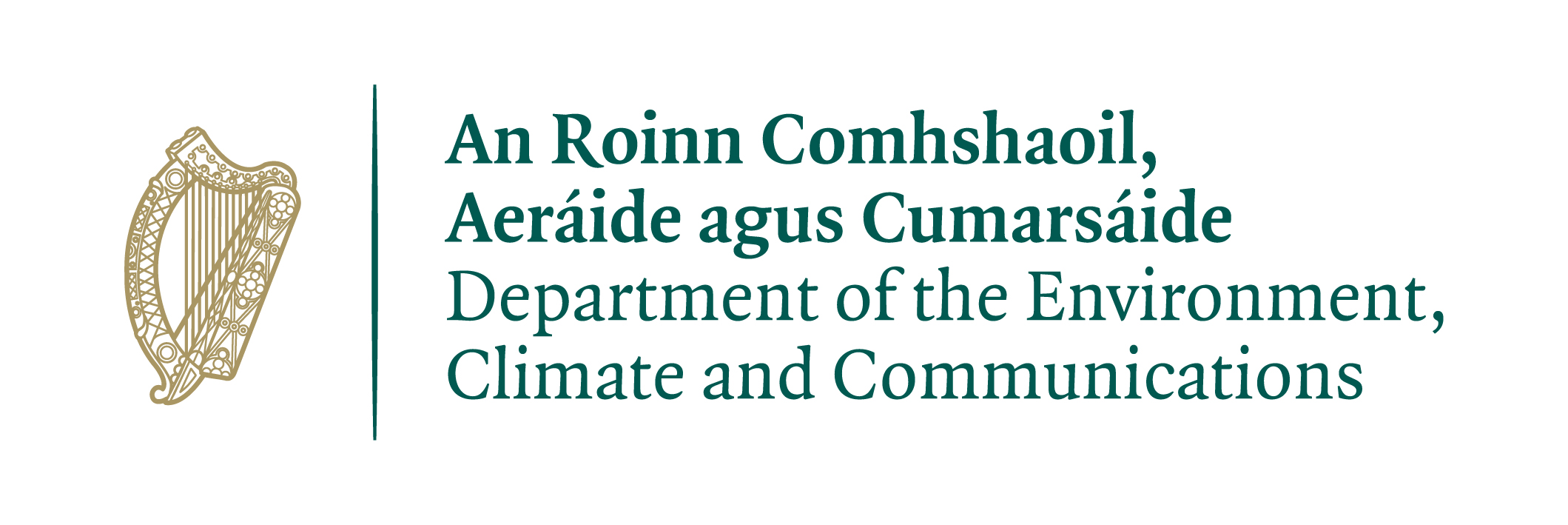News | Blog | A new vision for the critically endangered European mink
27th January 2020VWT has been working with partners in Spain to trial innovative methods of detecting the presence of European mink, a critically endangered mammal.
‘I’m learning to think like a European mink!’ I call out to Harry, who is close by on the river bank. We are on the banks of the Rio Ebro in northern Spain with the MITECO-Tragsatec team, looking for the perfect vantage point to position two trail cameras. The cameras will be trained on a tasty spread of oily sardines in the hope of attracting a European mink (Mustela lutreola) as it travels along the river corridor. We are hoping to confirm the presence of this rare semi-aquatic and nocturnal mammal using camera traps. A fleeting image won’t make the grade however. We need to photograph the white mark on the upper and lower lip, which will distinguish the European mink from the introduced American mink (Neovison vison), which only has a white mark on the lower lip.
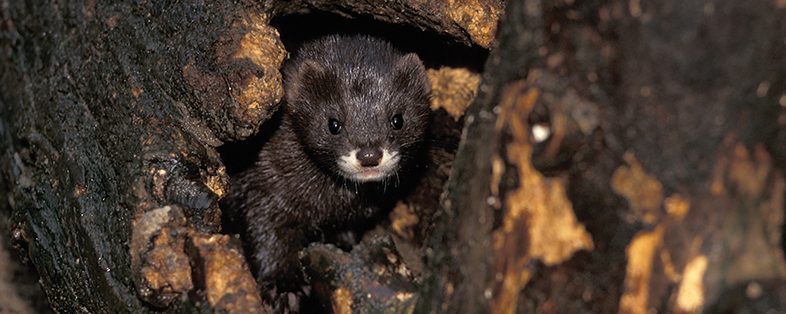
Photo: European mink ©Andrew Harrington
European mink are solitary and territorial animals with a home range of 3 to 15km. They are normally active from dusk to dawn, and inhabit densely shaded rivers, streams and wetlands where they feed on fish, crustaceans, amphibians, small mammals, insects and birds. VWT teamed up with Lauren Harrington (WildCRU, University of Oxford), her partner Andrew Harrington, Madis Põdra and Asun Gómez (technicians with Tragsatec, who coordinated the recently finished LIFE Lutreola Spain project), their field team, and Allan McDevitt from the University of Salford. We are comparing methods for detecting and monitoring the European mink over a ten-day period in La Rioja and Basque Country in northern Spain, using two types of camera traps and environmental DNA (eDNA) metabarcoding, a technique to detect species present in samples taken from the environment. In this case, we are taking water samples. Madis, Asun and the field team are testing baited hair tubes to collect samples for DNA analysis and live trapping. The live-trapped animals are then microchipped for future monitoring.
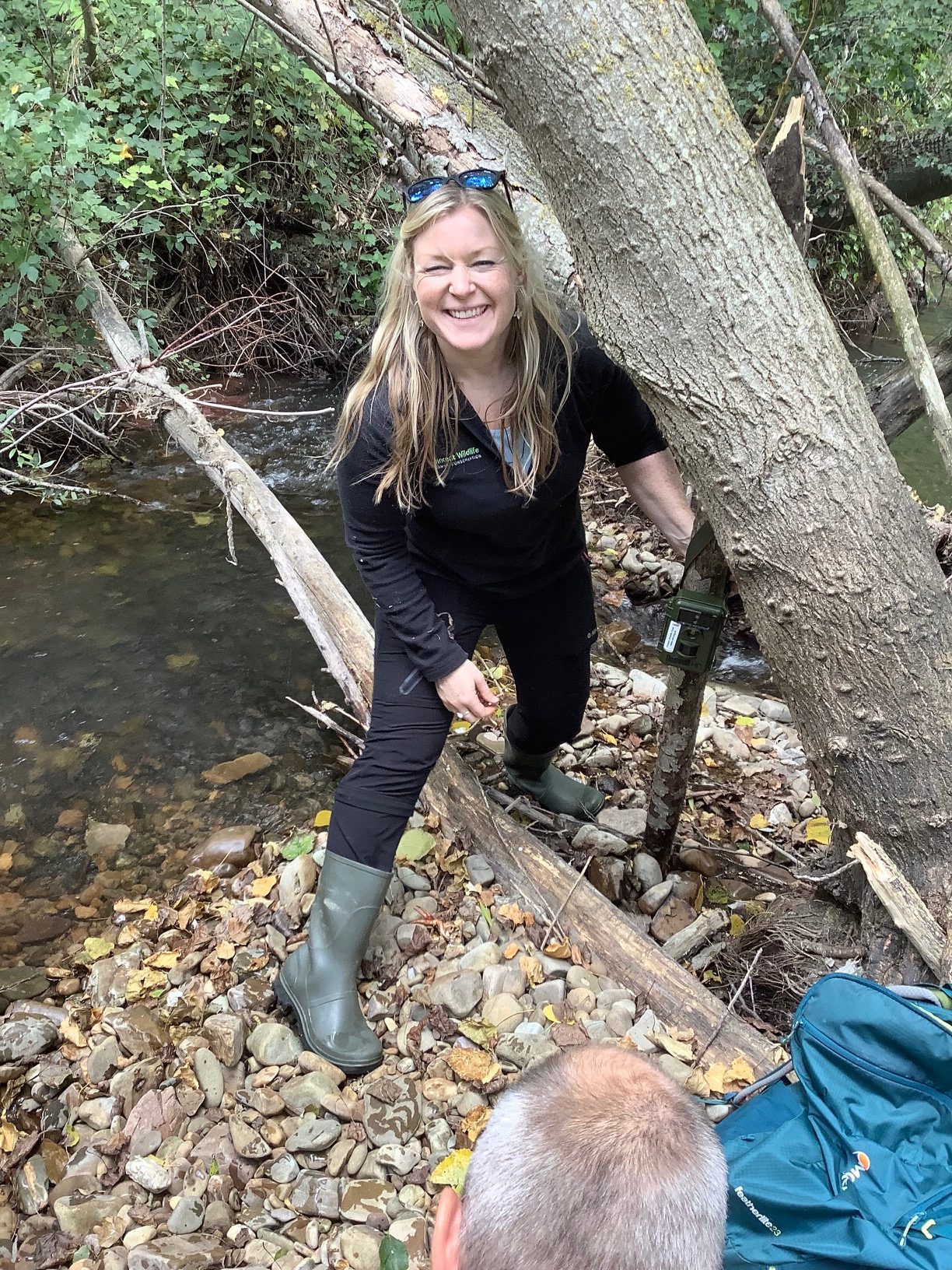
Ruth setting a camera trap on the river bank
Aside from setting and checking 50 cameras, and then analysing thousands of images for that all elusive mink facial photograph, the second part of our fieldwork entails collecting water from each of our 25 sites. So, while I position and secure the cameras, Harry fills 500ml bottles with river water. We then use a sterile syringe to filter the sample ready for eDNA metabarcoding at the University of Salford. This innovative, non-invasive technique has been used primarily to survey and monitor marine and freshwater communities and to detect rare species. Allan McDevitt is interested in comparing eDNA with more conventional survey methods to detect and monitor both invasive and endangered mammalian species. As a conservation biologist with a love of travel, this is an exciting project! It becomes much more personal than that however. The European mink is in a precarious position, and getting the chance to work with a team so dedicated to reversing the fate of one of Europe’s most endangered mammals is inspiring.
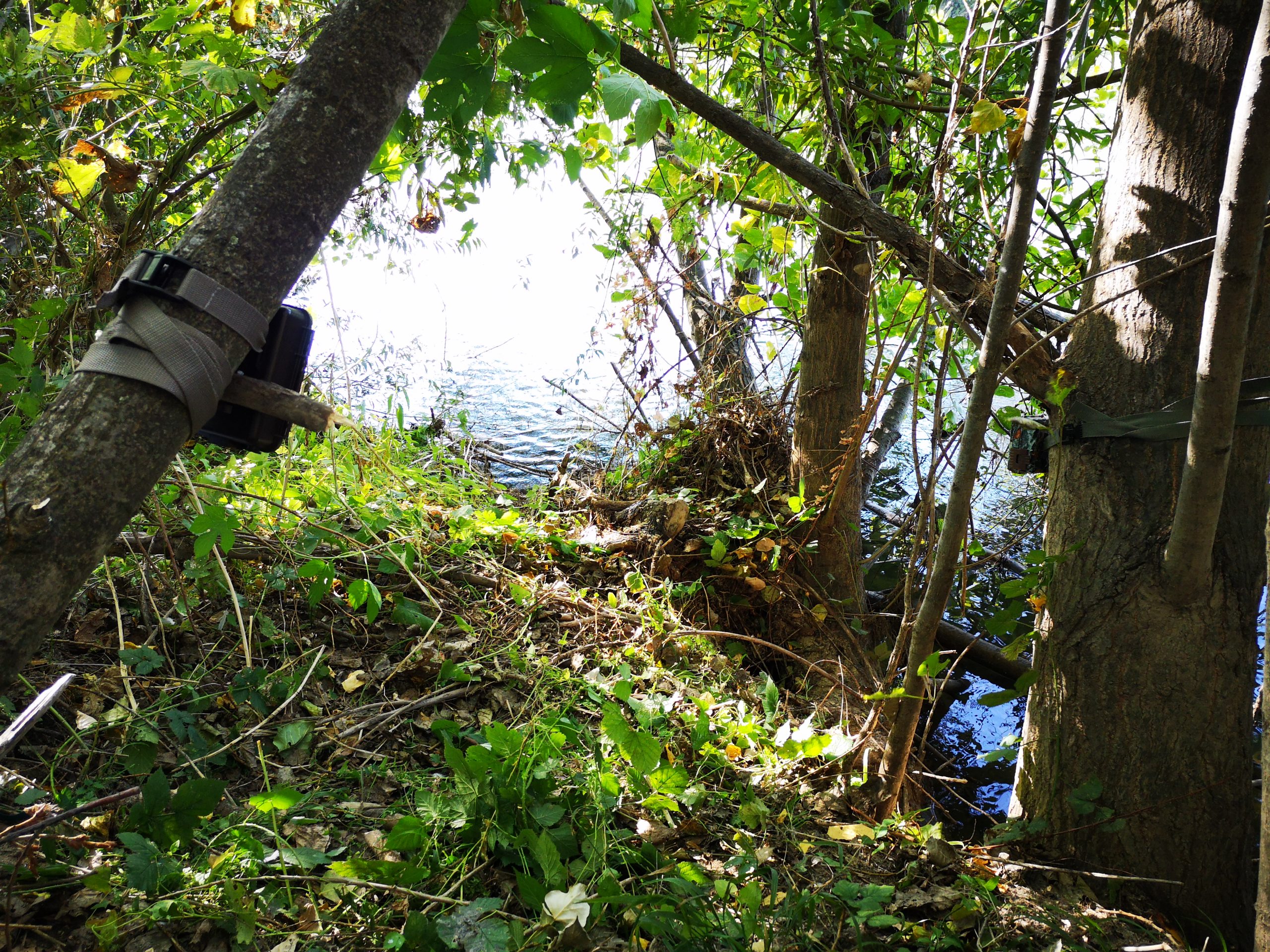
A typical camera trap set up
European mink were widespread throughout most of the European continent, but their range has declined by more than 90%. Today, they are only found in western France, northern Spain, the Danube Delta in Romania and Ukraine, and a few isolated sites in Germany and Estonia where they have been reintroduced. Estimates suggest the overall population size is around 2,000 individuals.
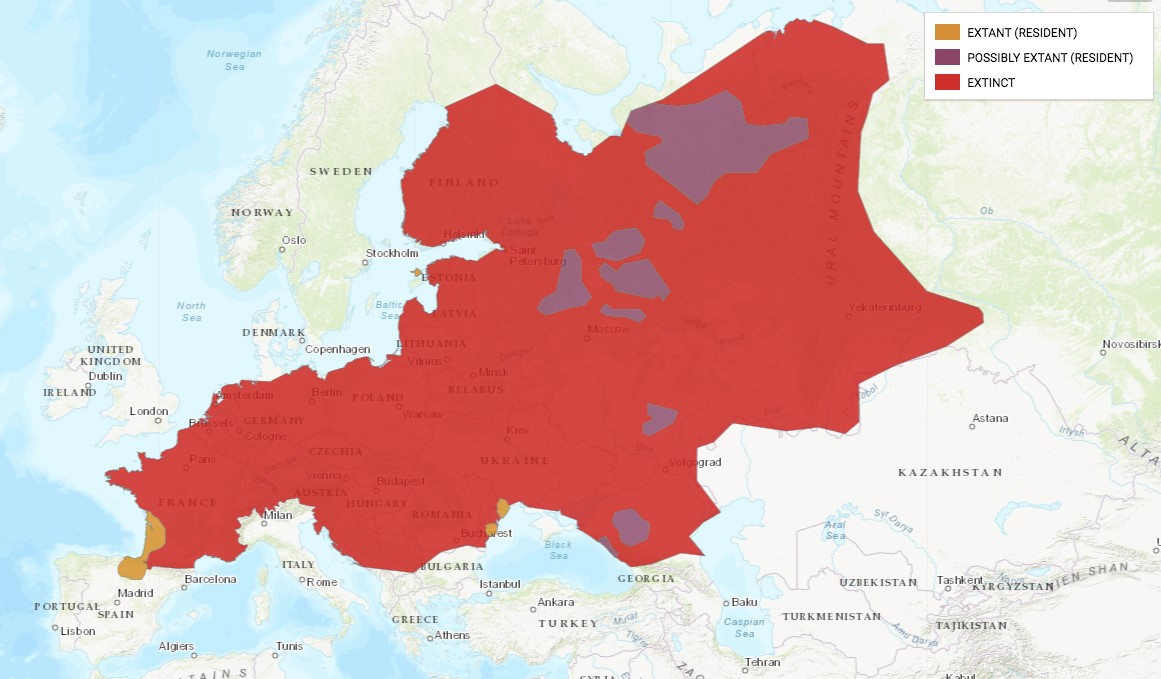
Current distribution of the European mink ©IUCN
The drastic decline has been caused by historical over-exploitation for the fur trade, loss and degradation of wetland habitats through pollution, wetland drainage and agriculture, and by the introduction of American mink. First imported to Europe by fur farmers in the 1920s, American mink escapees have since thrived in the wild. Bigger, more aggressive and more adaptable, they have driven out the already depleted and fragmented European mink populations. Even low numbers can outcompete the native species, and so, to prevent the extinction of a highly fragmented and declining species, an EU-wide Species Action Plan for the European mink is recommended.
LIFE Lutreola (2014-2019) came to the end of its four years in Spain, but the success of the project was remarkable against its ambitious objectives, which were to:
- eradicate American mink from within the range of European mink and targeted risk zones;
- increase the viability of the wild population of European mink through releasing captive- born individuals;
- create a new monitoring network to assess the status of both species after the project has ended.
Intensive control of the American mink has been on-going in Spain since 2003, and the American mink population has been eradicated from a core area for the European mink on the Ebro river basin. Without this successful eradication, the native population is likely to have vanished already…but it requires continuous effort to prevent reinvasion. The overall population is still declining however, and reinforcement of the native population through captive breeding has been the second crucial part of the project. Following the eradication of American mink, 26 captive-born European mink were released into an area during the last two years of the project. Habitat restoration in the area was also part of the project and the released individuals have adapted well to their new habitats along the rivers and streams.

Part of the study area
With the enormity of the situation in our minds, we checked the memory cards at the end of each day with anticipation, becoming strangely used to the array of wild mammals appearing on the screen: otters, genets, wild boar, stone marten and a wildcat. Our efforts were not in vain, and the first glimpse of our rare target species was motivating. By the end of the survey period, we had captured European mink on trail cameras at the majority of our survey squares. Many of these were photographed during daylight hours, which is an interesting development for this crepuscular species. As we patiently await the results of the eDNA analysis, we can only hope our samples contribute to the development of this technique in detecting rare mammals like the European mink, and contribute to the future conservation of the species across its limited range.
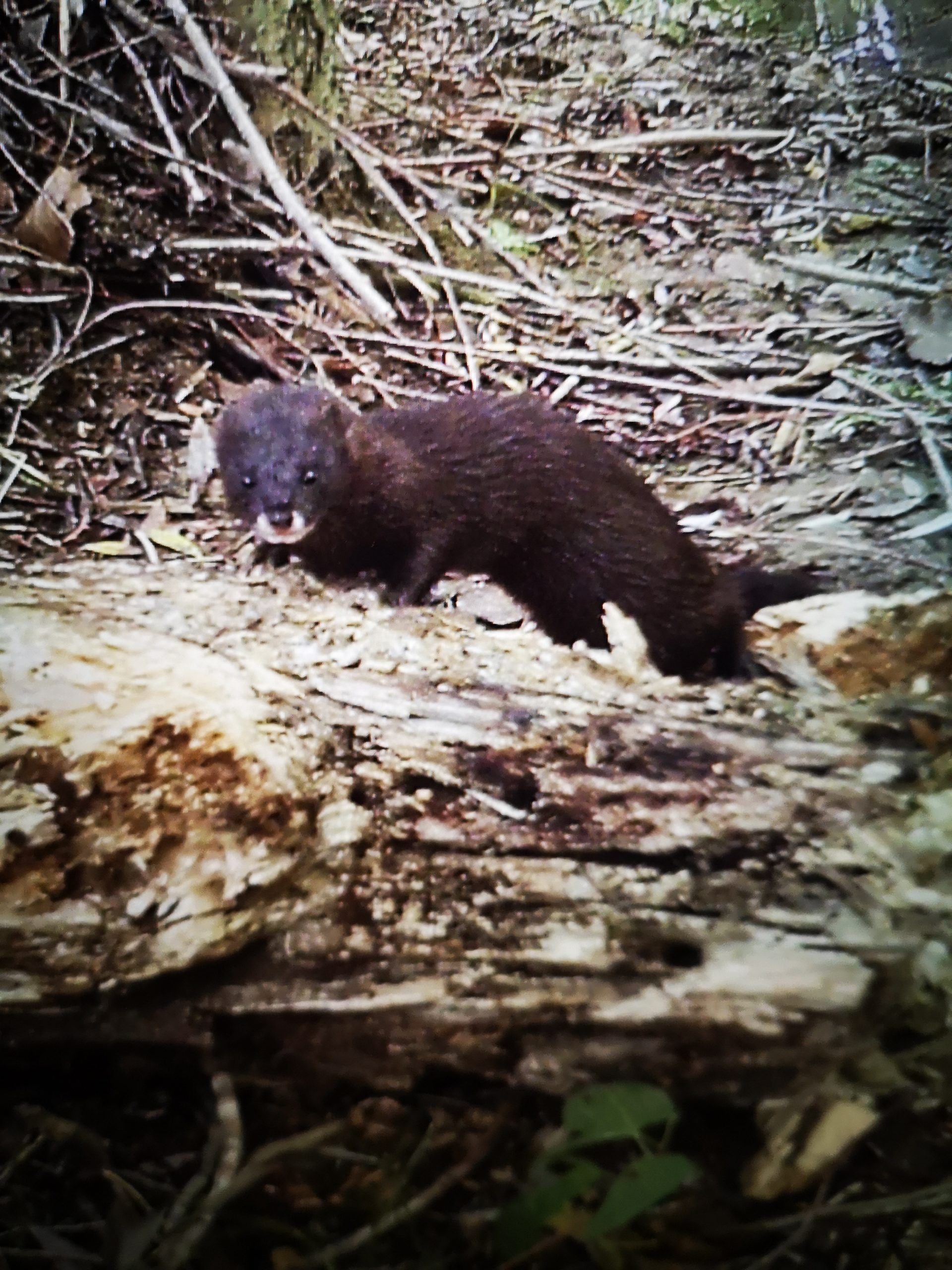
European mink captured on camera trap
These few weeks of fieldwork in the beautiful mountains and river valleys of northern Spain, working with Harry, Madis, Asun, and colleagues, and witnessing the dedication and commitment of the Life Lutreola team has been a privilege. Their efforts are having a real effect on the fate of this critically endangered mammal in Spain and the European mink is taking back its native waterways against all the odds, largely thanks to the results obtained in the LIFE Lutreola project. With the same team now continuing the work on behalf of MITECO-Tragsatec, the Rio Ebro and its tributaries may once again become a safe haven for the European mink.
Ruth Hanniffy, Species Conservation Officer, Ireland




